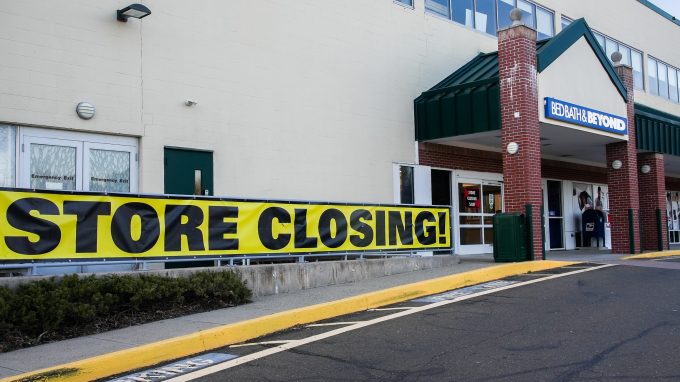FBA seller fury as Amazon dials back compensation for lost products
Amazon recently extended its pursuit of third-party online sellers to move and store their products ...

Logistics providers are finding the US retail sector a harder nut to crack this year.
Merchants are grappling with stubbornly high inventory and uncertainty over how much longer consumers can sustain spending in a high-inflation environment.
The US retail sector is set to see a minor ’dinosaur’ extinction event: according to one report, more than 800 ’big box’ stores, those with buildings exceeding 50,000sq ft, will close their doors this year.
They include Bed Bath & Beyond, Walmart, Gap and Party City, in ...
Amazon pushes into LTL for small package fulfilment and UPS does a u-turn
New senior management for DSV as it readies for DB Schenker takeover
Volumes set to 'fall off a cliff' as US firms hit the brakes on sourcing and bookings
Asian exporters scramble for ships and boxes to beat 90-day tariff pause
Temporary tariff relief brings on early transpacific peak season
'Tariff madness' will prompt renegotiation of ocean shipping contracts
Forwarders 'allowing the fox into the chicken run' by supporting 'hungry' carriers
Response to tariffs by Chinese importers may see extra costs for US shippers

Comment on this article